1. Fulda Cathedral
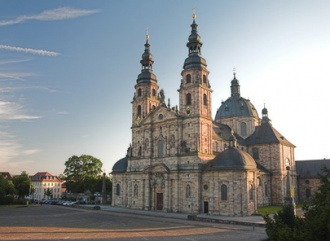
Fulda Cathedral is a church of Fulda Abbey and it was devoted to Diocese of Fulda. The convent was broken down in 1802 yet the ward and its house of God have proceeded to exist. The devotion is to Christ the Savior. The church building constitutes the high purpose of the Baroque area of Fulda, and is a true symbol of the town.
3. Fulda Waterstream
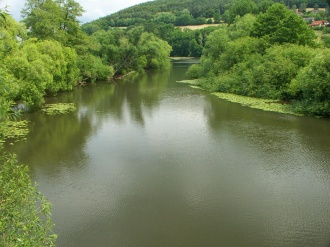
Fulda Waterstream can be found in Rhön mountains. From here it runs northeast encompassed by the Knüll mountains in the west and the Seulingswald in the east. It is surrounded by Kaufungen Forest to the east and Reinhardswald to the northwest. The north end of the waterway meets the Werra in Hannoversch Münden.
5. The cloister of Fulda
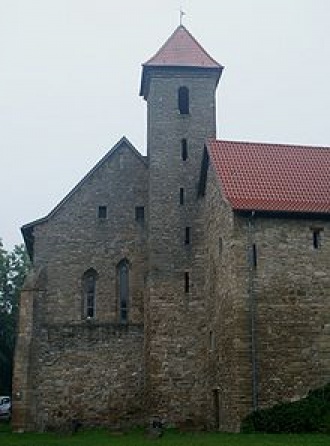
The cloister of Fulda was a Benedictine monastery in Fulda. It was established in 744 by Saint Sturm, a follower of Saint Boniface. Through the eighth and ninth hundreds of years, the Fulda cloister turned into an unmistakable focal point of learning and society in Germany.
2. St. Michael's Church
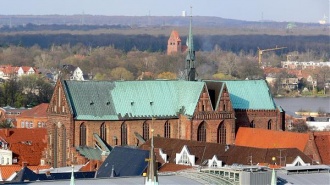
St. Michael's Church, in Fulda, is one of oldest churches in Germany, and it has Carolingian design style. It served as a sanctuary to Fulda religious community established in 744. St. Michael remains in the area of Fulda church, and the planner was minister Racholf. In the tenth and eleventh century, the congregation was excluded and roof was remodeled in 1715.
4. The University of Fulda
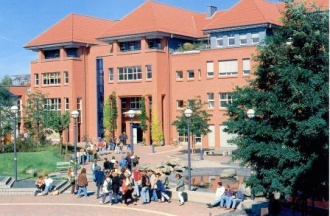
The University of Fulda was established in 1734 by Adolphus von Dalberg and existed until 1805. A large number of students and educators were Catholic. Prince Bishop Heinrich von Bibra established it from 1777. College had around 4000 understudies since then. The vast majority of outside understudies originated from France and Nassau. College had four majors: Theology, science, medical science and law. It was taken by Benedictines in the past.
Fulda has such a nice name full of historical value. It is perfect for all those who wants to know more about religious aspects of life in Germany.
Related content: Map of Fulda